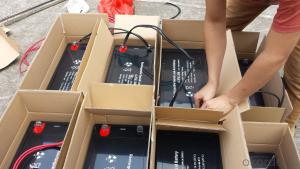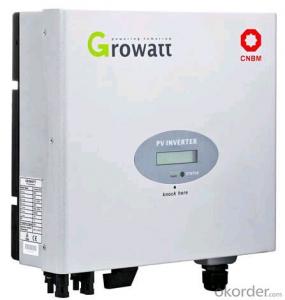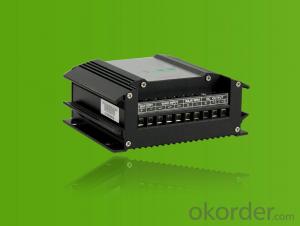Eps Solar Hybrid Inverter
Eps Solar Hybrid Inverter Related Searches
Canopy For Solar Inverter Awning For Solar Inverter Solar Inverter For Rv Inverter For Solar Quality Solar Inverter Best Solar Inverter In Kerala Top Solar Inverter In Pakistan Plug In Solar Inverter Solar Inverter In Pakistan Spd In Solar InverterHot Searches
Type Of Inverter For Solar Types Of Inverter For Solar Used Solar Inverter For Sale Inverter Size For Solar System Solar Edge Inverter For Sale 5kw Solar Inverter For Sale Solar Inverter For Sale Solar Inverter For Battery Solar Inverter For Split Ac Solar Inverter For Laptop Solar Inverter For Fridge Solar With Inverter Price Solar Inverter With 2 Battery Solar Inverter With Ac Outlet Solar Inverter Price In China Best Solar Inverter In China Solar Inverter Price In Dubai Solar Inverter Price In Uae Solar Inverter Price In Kenya Solar Inverter For FridgeEps Solar Hybrid Inverter Supplier & Manufacturer from China
Okorder.com is a professional Eps Solar Hybrid Inverter supplier & manufacturer, offers integrated one-stop services including real-time quoting and online cargo tracking. We are funded by CNBM Group, a Fortune 500 enterprise and the largest Eps Solar Hybrid Inverter firm in China.Hot Products
FAQ
- When choosing a solar inverter, it is important to look for certifications such as UL 1741, which ensures the inverter meets safety and performance standards. Additionally, certifications like IEEE 1547 and IEC 61727 validate the inverter's compliance with grid interconnection requirements.
- Yes, a solar inverter can be used with a solar-powered electric fence system. The solar inverter will convert the direct current (DC) power generated by the solar panels into alternating current (AC) power, which can then be used to power the electric fence system. This ensures that the fence receives a constant and reliable power supply from the solar panels.
- Yes, a solar inverter can be used in areas with unstable power grids. Solar inverters are designed to convert the direct current (DC) generated by solar panels into alternating current (AC) for use in homes or buildings. In areas with unstable power grids, solar inverters can help stabilize the electricity supply by synchronizing the solar power output with the grid. Additionally, some advanced solar inverters have features like grid support functions and voltage regulation, which can further enhance their performance in areas with unstable power grids.
- A solar inverter prevents reverse current flow by using a specialized circuitry called anti-islanding protection. This circuitry constantly monitors the grid and disconnects the solar system from it when it detects a drop in voltage or a power outage. This ensures that any excess energy generated by the solar panels does not flow back into the grid, preventing potential damage to the system and protecting utility workers during maintenance or repairs.
- Yes, a solar inverter can be used with solar-powered greenhouse systems. A solar inverter is an essential component in converting the direct current (DC) generated by solar panels into alternating current (AC) that can be used to power electrical devices. By installing a solar inverter, the solar energy collected by the greenhouse's solar panels can be efficiently converted and utilized to power various equipment and systems within the greenhouse, ensuring an environmentally friendly and sustainable energy source.
- A solar inverter plays a crucial role in converting the direct current (DC) electricity generated by solar panels into alternating current (AC) power that can be used to power appliances in a property. By efficiently converting solar energy into usable electricity, a solar inverter helps reduce the property's reliance on grid-supplied electricity. This, in turn, leads to a decrease in overall energy consumption as the property utilizes more clean and renewable solar power rather than drawing solely from the grid.
- The role of a solar inverter in a grid-tied system is to convert the direct current (DC) electricity generated by the solar panels into alternating current (AC) electricity that can be used to power electrical appliances and be fed back into the utility grid. It also ensures the synchronization of the solar system with the grid and regulates the voltage and frequency of the electricity being produced.













































